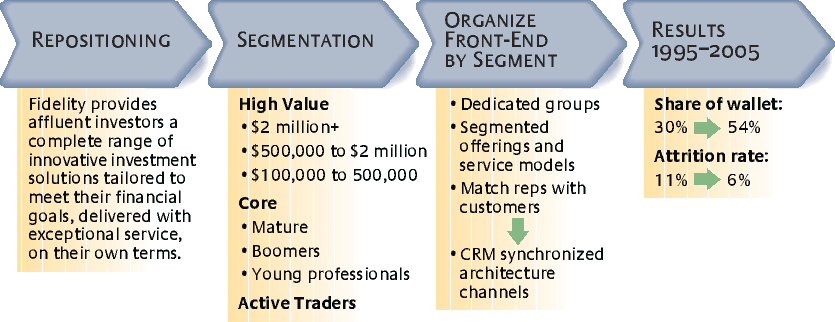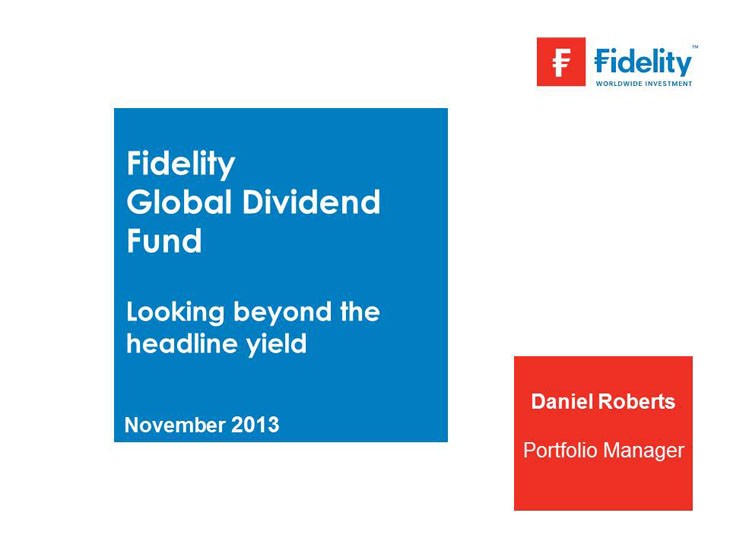Structured Products from Fidelity
Post on: 9 Июнь, 2015 No Comment

Reasons to consider structured products
Structured products from Fidelity
Fidelity currently offers new issue structured products that are either:
How They Work
As with any new issue offering, prospective investors should read the prospectus which provides greater detail on the offering and its structure. Customers may then submit indications of interest during an order period. At issuance, customers typically receive an allocation amount equal to the indication of interest that was submitted. However, submitting an indication of interest does not guarantee an allocation. If the offering is oversubscribed (more securities were requested than available for purchase), and you did not withdraw your order, you may receive only a portion of the securities you requested, or none at all. Further, if the offering is undersubscribed, the offering can be pulled.
Investments in structured products that are FDIC-insured involve the issuance of an underlying certificate of deposit, which is the sole obligation of the issuing bank. This underlying CD provides the FDIC protection on this investment. Non-FDIC-insured structured products have no CD issuance. With these investments, which are unsecured debt, customers are unsecured creditors of the issuer .
Components of Fidelity’s structured products
The structured products offered through Fidelity.com include the following components:
Payout profile
Fidelity currently offers only a point-to-point payout profile. A payout profile represents how a customer’s cumulative return is measured. The return of the structured products available on Fidelity.com is measured based on two points: point A (initial or starting index level, which is typically the closing value of the index on the pricing date) and point B (final index level, which is typically the closing value of the index on a date specified in the offering document). The product will provide its investment return based on the following formula:
(final index level – starting index level)

starting index level
Certain structured products impose limits on return potential in the form of a cap or may limit your participation in the upside performance of the linked index or customized basket (see below).
The potential return to the investor depends in part on what is known as the participation rate. If the participation rate of the structured product is less than 100%, the investor will realize a return that is less than the return of the linked index or customized basket. For example, if the participation rate is 80%, the investor will receive only 80% of any positive return on the index or basket, assuming no other limits on return potential. The participation rate will vary by product, and factors such as index type, maturity. and caps affect the rate.
A cap represents a ceiling above which the investor does not participate in further upside gains of the linked index or basket. In other words, if the linked index or benchmark generates a return greater than the stated cap, investors will not receive any returns in excess of the capped return. For example, if a structured product allows for 100% participation in an index subject to a 50% cap, the investor cannot earn more than 50% on the investment even if the investment appreciates above that.
Placement fees, structuring, development, and other costs will vary and may impact secondary market prices for structured products. Investors should consider these and any other costs and fees covered in the offering document prior to investing.
Structured products may be considered contingent payment debt instruments for federal income tax purposes. This means you’ll usually have to pay income taxes each year on imputed annual income even though you may not receive a cash payment until maturity. In addition, any gain realized upon the sale of these products may be treated as ordinary income. Please refer to the offering document for the specific tax treatment of a structured product and consult your tax advisor for more details.














